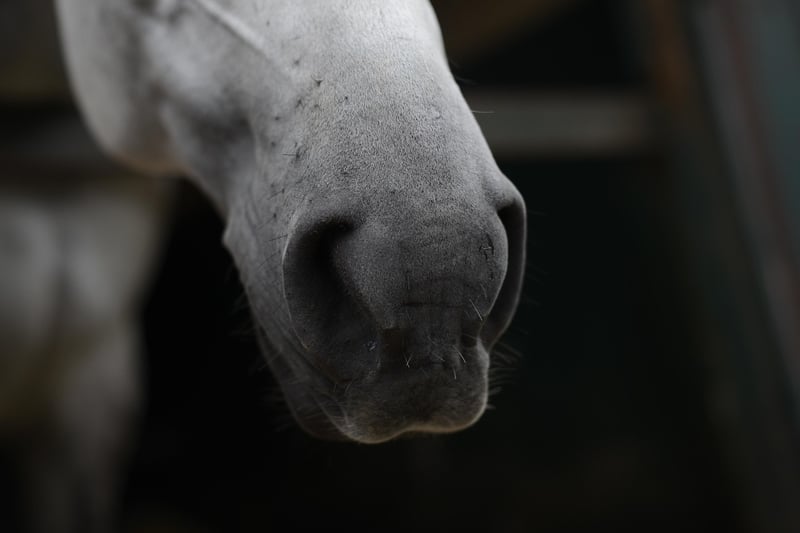Alternate Nostril Breathing
Discover Calm Through Breath: Alternate Nostril Breathing
In today's fast-paced world, finding moments of calm can be a challenge. One powerful technique that has been used for centuries to promote relaxation and reduce stress is Alternate Nostril Breathing. This simple yet effective practice can help you find peace and balance amidst the chaos of daily life.
What is Alternate Nostril Breathing?
Alternate Nostril Breathing, also known as Nadi Shodhana or Anulom Vilom, is a yogic breathing exercise that involves breathing through one nostril at a time. This practice is believed to balance the two hemispheres of the brain, calm the mind, and purify the energy channels in the body.
How to Practice Alternate Nostril Breathing
- Find a comfortable seated position with your spine straight and shoulders relaxed.
- Place your left hand on your left knee with the palm facing up in Chin Mudra (index finger and thumb touching).
- Use your right thumb to close your right nostril and inhale deeply through your left nostril for a count of four.
- Close your left nostril with your right ring finger, release the right nostril, and exhale fully for a count of eight.
- Inhale through the right nostril for a count of four, close the right nostril, release the left nostril, and exhale for a count of eight.
- Continue this pattern for several rounds, focusing on the breath and maintaining a steady rhythm.
The Benefits of Alternate Nostril Breathing
- Reduces stress and anxiety
- Calms the mind and improves focus
- Balances the nervous system
- Enhances respiratory function
- Promotes a sense of overall well-being
By incorporating Alternate Nostril Breathing into your daily routine, you can cultivate a greater sense of calm and inner peace. Take a few moments each day to practice this technique and experience the profound benefits it has to offer.

Remember, the breath is a powerful tool that can help you navigate the ups and downs of life with grace and ease. Embrace the practice of Alternate Nostril Breathing and discover the transformative effects it can have on your well-being.
